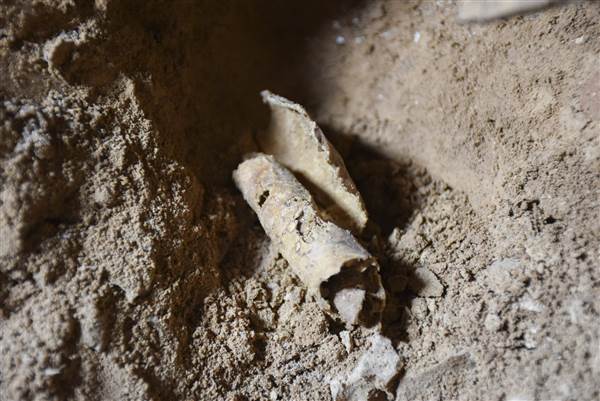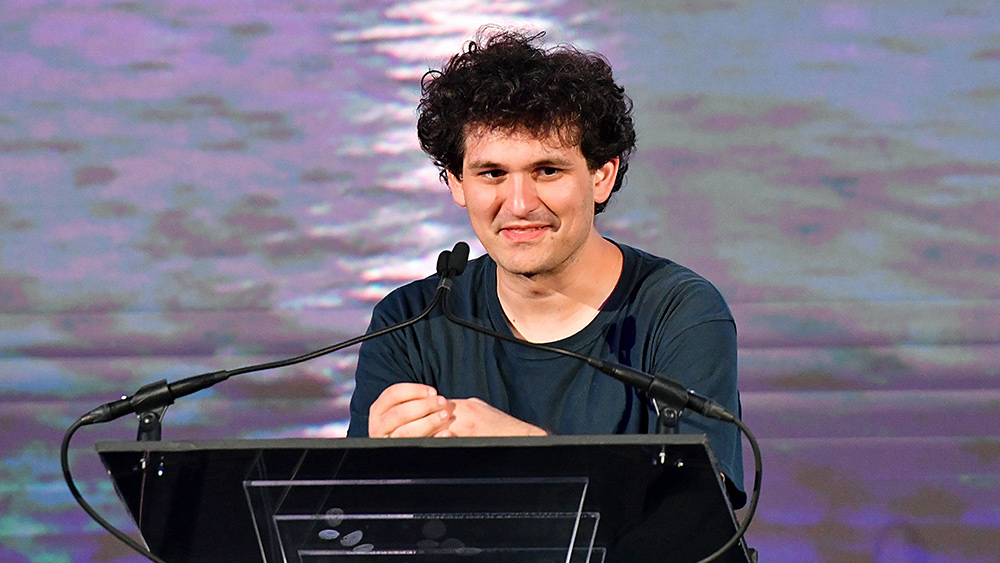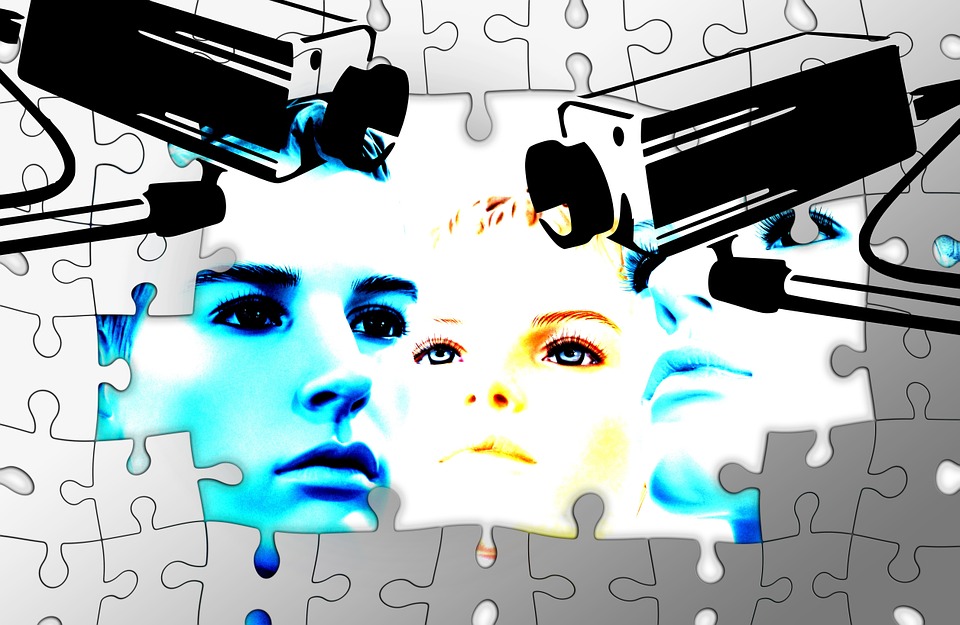Scientists offer $250K prize to decipher Herculaneum manuscripts burned during Vesuvius eruption
03/22/2023 / By Kevin Hughes

Scientists have posted a $250,000 reward to anyone who can decipher a series of 2,000-year-old manuscripts that were burned during the eruption of Mount Vesuvius in Italy.
The volcano’s eruption destroyed the Roman city of Pompeii in 79 A.D. and buried hundreds of texts from the Herculaneum library. The manuscripts were rediscovered in 1752 in a villa adjacent to the Bay of Naples, which was once thought to have been owned by the father-in-law of Julius Caesar.
However, the text on the manuscripts has remained a mystery as scientists have hesitated to unroll them. But a team of researchers utilized an artificial intelligence (AI) system to draw out letters and symbols from high-resolution X-ray images of the documents. The algorithm was trained to decipher the ink on both the surface and hidden layers of the unopened scrolls. (Related: Scientists uncover “invisible” ancient Hebrew inscription that can only be seen with advanced technology.)
“We’ve shown it how to read the ink of Herculaneum. That gives us the opportunity to reveal 50, 70, maybe 80 percent of the entire collection. We’ve built the boat. Now we want everybody to get on and sail it with us,” lead researcher Brent Seales, a computer scientist at the University of Kentucky, said in an interview with the Guardian.
The researchers are releasing the software they utilized, alongside thousands of 3D X-ray images of two rolled-up scrolls and three papyrus fragments, to assist others to read the documents. They hope that global research teams will be able to help them improve the AI software and accomplish their goal.
“We’re having a competition so we can scale up our ability to extract more and more of the text,” Seales added.
Several research groups vying for the prize
The $250,000 reward will be given in two tranches. The research group to first to read four passages of text from the inner layers of the scrolls before the year ends will win the $150,000 prize. An additional $100,000 in prizes will also be given to those who can identify ink on the scrolls from the 3D X-ray scans.
Seales’ team would provide two unopened scrolls, part of a trove of hundreds discovered in the villa. The scrolls belonging to the Institut de France in Paris were part of a library that contained philosophical texts.
While the black ink used to write the scrolls cannot be seen on the charred papyri, infrared images of surface fragments have shown Greek letters and symbols.
Equipped with these and X-ray images of the same pieces, Seales’ group trained their AI algorithm to read the lettering from X-ray images alone. Once trained, the AI algorithm could then detect new text in concealed layers of the securely wrapped scrolls.
“A human cannot pick this out with their eye. The ink fills in the gaps that otherwise create a waffle-like pattern of the papyrus fibers. That pattern gets coated and filled in and I think that subtle change is what’s being learned,” Seales said.
Almost all of the Herculaneum scrolls examined up to now are written in ancient Greek. However, the researchers think some of the scrolls might also contain Latin texts. While they posited that poems by the poetess Sappho or Mark Antony’s drunken treaties could be in those scrolls, Seales hopes to discover early evidence of early Christian philosophy.
“While others would love to see some of the lost work of the ancients, what I’d like to see is evidence of the turmoil that was happening in the first century around the development of Christianity and the Judeo-Christian tradition as it was evolving.”
Stephen Parsons, a PhD candidate on the team, said the technology was at the height of being able to read the ink and that improvements from competitors could lead to significant gains in understanding the scrolls. Fragments examined thus far have shown letters from Philodemus’ “On Vices and the Opposite Virtues” and a scroll regarding Hellenistic dynastic history.
Follow Artifacts.news for more stories about historical scrolls.
Watch this video about new skeletal remains found during a Pompeii excavation.
This video is from the ZGoldenReport channel on Brighteon.com.
More related stories:
Recent study reveals ancient text found in 2012 is the “oldest map of the underworld in existence”.
Sources include:
Submit a correction >>
Tagged Under:
AI system, Algorithm, ancient history, ancients, artifacts, breakthrough, decipher, discoveries, Herculaneum, Herculaneum manuscripts, Hidden History, Mount Vesuvius, Pompeii, prize money, real history, real investigations, research
This article may contain statements that reflect the opinion of the author
RECENT NEWS & ARTICLES
COPYRIGHT © 2017 INFORMATIONTECHNOLOGY.NEWS



















